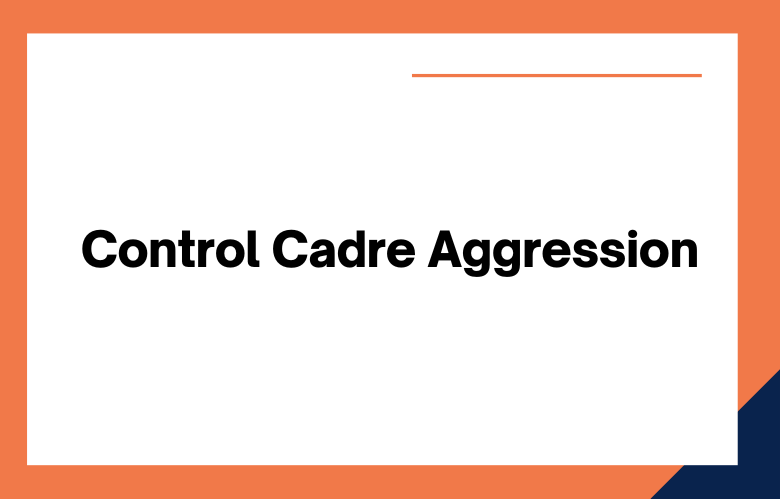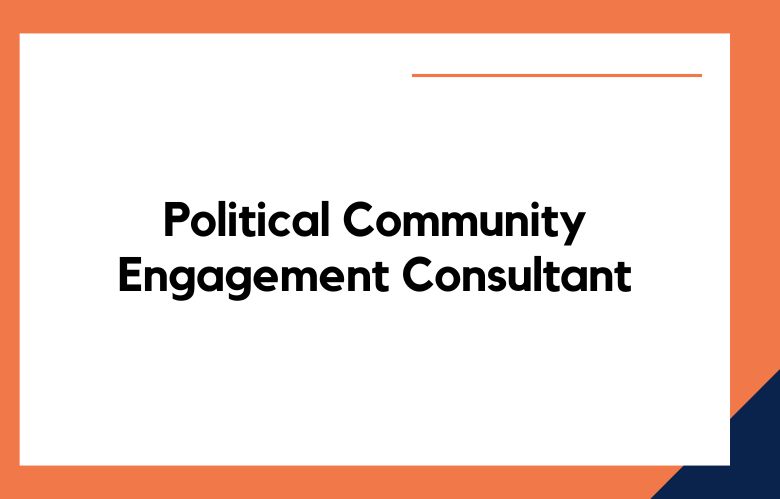The political arena has many challenges, one of which is maintaining peace and order in the face of aggression by the political cadre. As a political leader, you must ensure that your cadre conveys your political messages peacefully and effectively.
However, sometimes the emotions of the cadre members can get out of hand, leading to violent outbursts and other misconduct. If this is left unchecked, it can result in a damaging effect on your political career, party, and the nation.
Therefore, it is essential to learn how to control cadre aggression. We will provide some tips on how to do so.
What is Cadre Aggression as a Political Leader?
In politics, leaders hold immense power over the general populace. As they make their way up the political ladder, many exhibit certain traits that might not be considered ideal for a person in a position of power.
These traits can come in the form of aggression towards their subordinates, also known as cadre aggression.
We will delve into what it means to be a cadre-aggressive political leader and how it can impact the team and the nation.
Cadre aggression is a term used to describe the aggressive behavior displayed by political leaders towards their supporters or followers, commonly referred to as cadres.
It is a phenomenon where political leaders use coercive tactics or aggressive language to communicate with their supporters or followers. This behavior can manifest in various ways, including physical intimidation, verbal threats, or use of force.
Why Do Politicians Display Cadre Aggression?
There are several reasons why political leaders exhibit cadre aggression. One of the primary reasons is that it gives them a sense of power and control.
By demonstrating their authority over their supporters or followers, politicians can establish dominance over them and show their strength as leaders. Cadre aggression can be a means of maintaining loyalty among supporters or intimidating opposition parties.
The Implications of Cadre Aggression.
The use of cadre aggression by political leaders can have several negative implications. Firstly, it can lead to physical harm or violent conflicts.
Secondly, it can create a culture of fear that suppresses the free expression of views, harming democracy. It can lead to a breakdown of trust between citizens and their elected officials.
How to Address Cadre Aggression.
There are several ways to address cadre aggression in politics. Firstly, by creating solid institutions and enforcing the rule of law, politicians will be held accountable for their actions.
Promoting a culture of dialogue and mutual respect among political leaders and their supporters or followers is also essential.
Politicians can avoid resorting to aggressive behavior to maintain power by creating an environment where dissenting voices are heard, and violence is unjustified.
Understanding Cadre Aggression: What it Means for Political Leaders.
Politics can be a dog-eat-dog world, especially when gaining political power. Unsurprisingly, many aspiring politicians try to become influential and assertive as government officials.
However, how does one differentiate between assertive leadership and what is known as cadre aggression? We will delve into cadre aggression, describing what it means, why it exists, and how it can harm a political leader’s success.
Cadre aggression is a term used to describe the overly aggressive behavior of politicians and political leaders toward their staff, constituents, or even governmental colleagues.
It is a behavior characterized by an abrasive and authoritative approach and a lack of empathy for others. It is a leadership style that emphasizes strict obedience without regard for democracy and requires loyalty over merit. The reasons behind cadre aggression are complex.
Control Cadre Aggression as a Political Leader: A Comprehensive Guide.
In politics, it is possible to function with the assistance of cadre members who look up to you for guidance and direction.
These cadre members or political volunteers are passionate about supporting their political leaders and often go to great lengths to ensure their political parties achieve their objectives.
However, the problem with cadre members is that their passion can quickly turn into aggression, often leading to violence and chaos.
For political leaders, controlling cadre aggression is vital to maintaining peace and fostering electoral success. It will provide a comprehensive guide to managing cadre aggression as a political leader.
Cadre Aggression: Understanding the Politics of Leadership.
The world’s political climate has always been rife with power struggles and competition for dominance. In an attempt to seize power, political leaders often resort to various tactics, including cadre aggression.
But what exactly is cadre aggression, and how does it work in the political arena? We will explore this phenomenon in detail and help you understand the nuances of this complex issue.
Firstly, it is essential to understand the meaning of cadre aggression. Cadre aggression refers to the tendency of political leaders to use their followers or cadres to intimidate their opponents using various means.
This may include physical violence, verbal attacks, or social ostracism. The primary goal of cadre aggression is to gain a tactical advantage over one’s rivals, making it an essential component of political power play.
Types of Cadre Aggression as a Political Leader.
Set an Example
As a political leader, you must set an example to your cadre by maintaining a peaceful, respectful, and non-violent tone.
If you encourage violence or aggressive behavior, your cadre will adopt such ideas and follow your lead. Therefore, you must always communicate your messages within the scope of non-violence.
You can establish a code of conduct for the enforcement of non-violence and ensure that it is adhered to by you and your cadre at all times.
Education and Awareness
Education and awareness are among the most effective ways to control cadre aggression. You can organize training sessions for your cadre to educate them on the importance of non-violence and the adverse effects of attack.
Once your cadre understands the perils of aggressive behavior, they will be less likely to engage in any violent activities during political rallies or campaigns.
You must encourage them to resolve conflicts peacefully and constructively and avoid aggressive actions that could damage your political career, party, or nation.
Immediate Intervention
As a political leader, you should also intervene immediately when you witness violent or aggressive behavior from your cadre.
If you fail, the situation can quickly escalate, leading to more severe consequences. Therefore, it is crucial to nip the problem in the bud and curb any violence before it takes an uncontrollable turn.
You must also communicate the importance of immediate intervention to your cadre and encourage them to report any aggressive behavior they witness in other members.
Address Underlying Issues
The root cause of cadre aggression can sometimes be traced to underlying issues such as economic dissatisfaction or perceived injustice. As a political leader, you must address and resolve these underlying issues accordingly.
This will solve the aggression problem and foster a more cohesive and unified party. You must listen to all your cadre members’ concerns and strive to resolve them as much as possible.
Disciplinary Action
If your education and awareness programs, intervention, and underlying issues fail to curb aggression, you may need to resort to disciplinary action.
However, before you do so, you must have well-defined and established disciplinary procedures that are strictly followed.
Avoiding any behaviors viewed as undemocratic, unfair, or discriminatory would be best. Disciplinary action must be administered reasonably, judiciously, and transparently to resolve aggressive behavior.
Conclusion:
controlling cadre aggression as a political leader requires proactive and preventative measures. As a political leader, you must set a high standard of non-violence and maintain it at all times.
This includes organizing education and awareness programs, intervening immediately, addressing underlying issues, and using disciplinary action if necessary.
With these tips, you can control your cadre’s aggression and ensure that your political messages are communicated peacefully and effectively.
Call: +91 9848321284
Email: [email protected]











